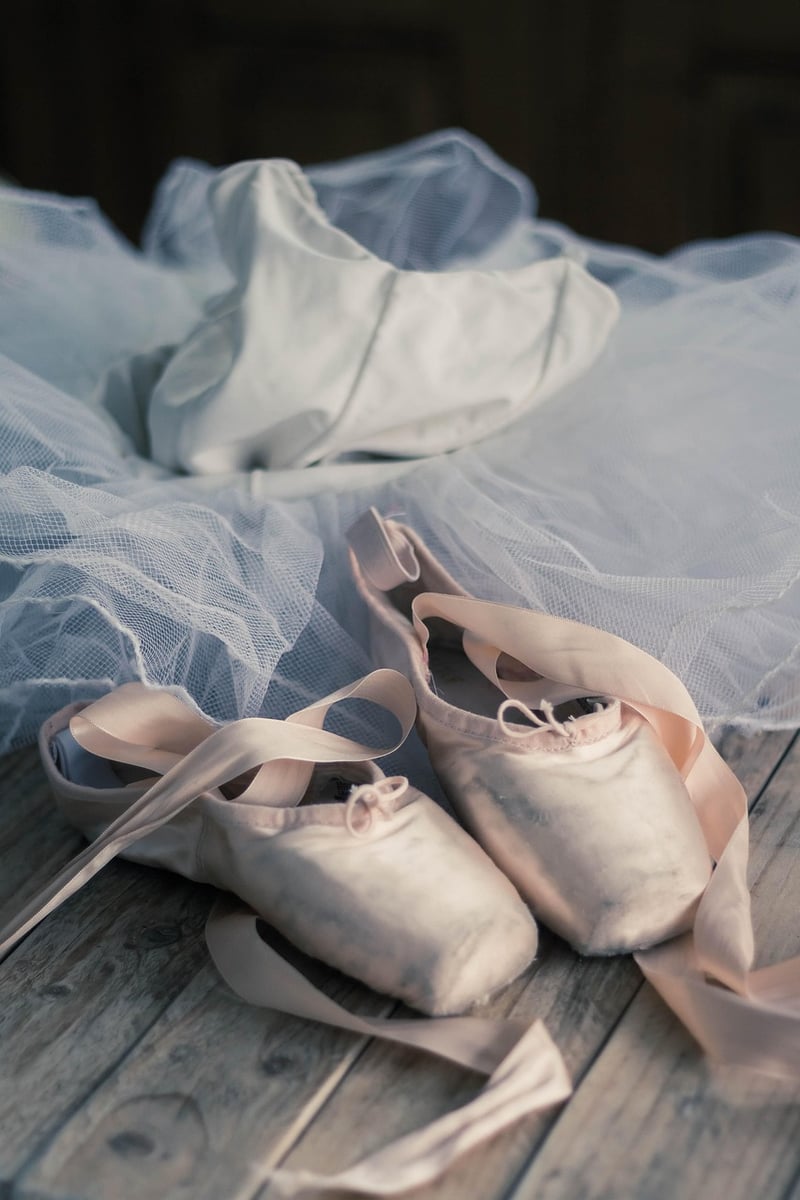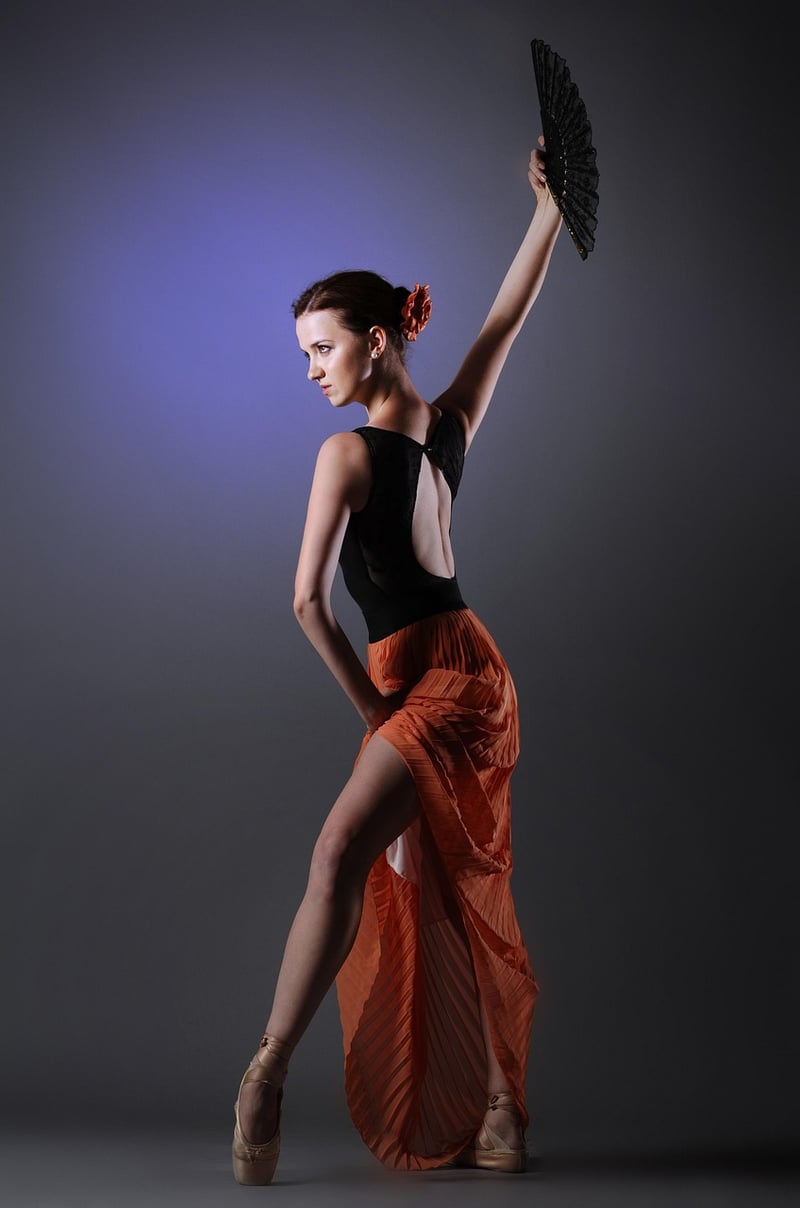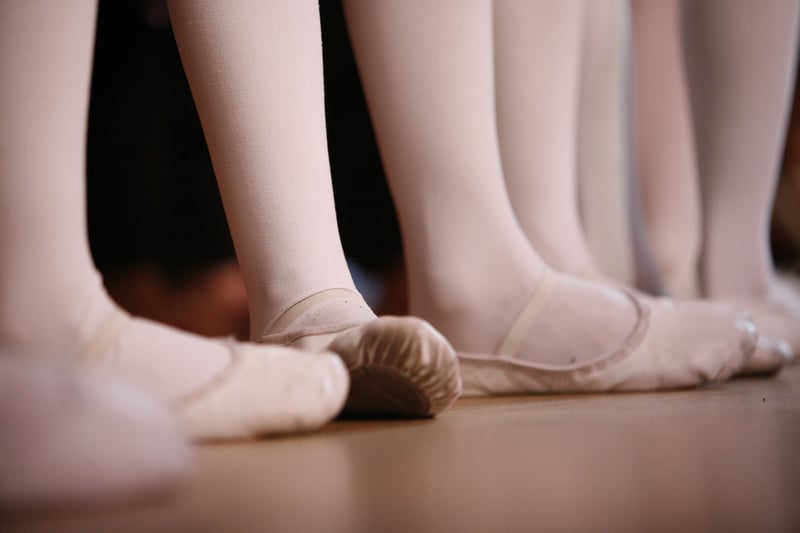Ballet
The Art of Expressive Movement in Ballet

Ballet, known for its grace, precision, and beauty, is a timeless art form that encompasses expressive movement. The combination of music, technique, and emotion in ballet allows dancers to convey stories and evoke feelings through their movements.
The Essence of Expressive Movement
Expressive movement in ballet goes beyond just executing steps; it involves the dancer's ability to connect with the audience on an emotional level. Through subtle gestures, facial expressions, and body language, dancers can communicate a range of emotions, from joy and love to sadness and despair.
The Role of Music
Music plays a vital role in guiding the expressive movement in ballet. Dancers are trained to interpret the music through their movements, matching the tempo, mood, and rhythm to create a harmonious blend of sight and sound.

Technical Precision and Emotion
While technical precision is essential in ballet, it is the infusion of emotion into each movement that truly captivates the audience. Dancers must balance the technical aspects of their performance with genuine emotion to create a compelling and memorable experience.
Expressive Movement in Modern Ballet
Modern ballet pushes the boundaries of traditional movement by incorporating contemporary styles and themes. Dancers explore new expressions, movements, and narratives, further enhancing the power of expressive movement in ballet.
Embracing the Art Form
Whether you are a seasoned ballet enthusiast or a newcomer to the art form, appreciating the beauty of expressive movement in ballet can be a transformative experience. By immersing yourself in the world of ballet, you can witness the magic of movement and emotion coming together in perfect harmony.
Experience the enchanting world of ballet and let the expressive movement transport you to a realm of beauty and emotion unlike any other.
Discover more about ballet and expressive movement here.
